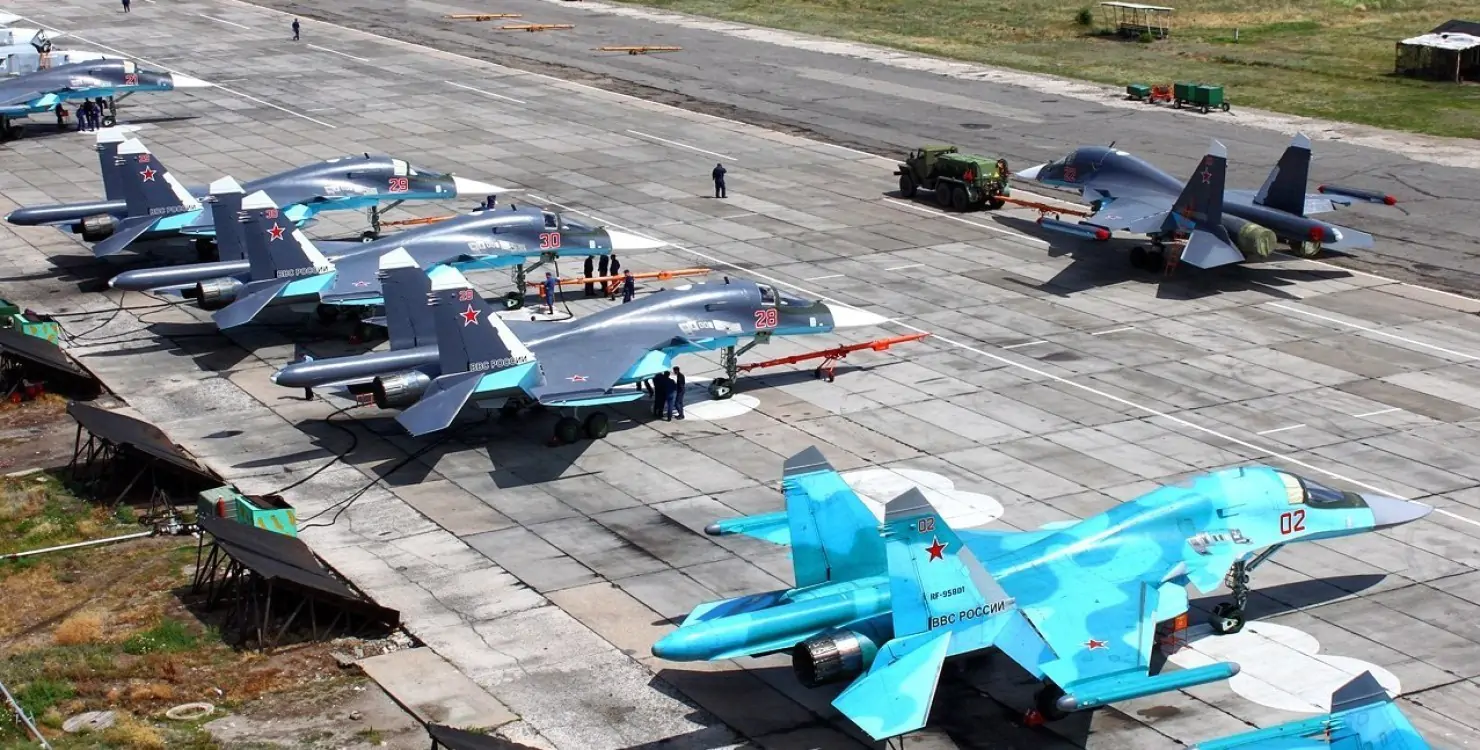Russian forces are deploying gas attacks with increasing frequency in the trenches of Ukraine’s Donbas region, leading to strategic gains around Chasiv Yar, Bakhmut, and more recently, Pokrovsk, The Telegraph reported.
These gas attacks, often involving CS gas or the more dangerous chloropicrin, are illegal under the 1993 Chemical Weapons Convention, to which both Russia and Ukraine are signatories.
JOIN US ON TELEGRAM
Follow our coverage of the war on the @Kyivpost_official.
The Ukrainian military, which reported around 600 gas attacks between February 2022 and January 2024, has seen this number spike to approximately 4,000 in the past few months, a chemical weapons expert Hamish de Bretton-Gordon reported with reference to a report by The Kyiv Independent.
According to the report, drones are dropping gas canisters over trenches, incapacitating Ukrainian soldiers who are then forced to flee, leaving them vulnerable to artillery fire and further drone attacks.
This resurgence of chemical warfare, reminiscent of World War I, poses a serious challenge to Ukrainian forces, who are struggling to hold their ground against Russian advances. The Russian strategy, relying on conscripts and basic warfare tactics, has allowed them to inch forward in the brutal trench battles of the Donbas.
The solution, according to de Bretton-Gordon, lies in better equipment—specifically, gas masks. Drawing on his experience as a chemical weapons advisor to the Iraqi Peshmerga in their fight against ISIS, de Bretton-Gordon argues that proper training and gas masks can significantly mitigate the impact of these attacks. He cites the Peshmerga’s success in countering ISIS’ chlorine and sulfur mustard attacks as evidence.
Ukraine’s Intel Disrupts Lukoil: Cyberattack Sparks Payment Failures and Holiday Chaos in Russia
The Ukrainian government has reportedly requested gas masks from the UK, which has already supplied some. Given Britain’s status as the world’s leading manufacturer of respirators, supplying the necessary equipment to Ukraine could provide a crucial, non-lethal form of aid.
The international community, including the United Nations and the Organization for the Prohibition of Chemical Weapons (OPCW), is being called upon to hold Russia accountable for these violations and to document the ongoing use of chemical agents in the conflict.
As Ukraine braces for continued assaults, timely assistance from the UK and other allies could make a critical difference in this grinding war of attrition, Telegraph reported.
Pro-Russian milbloggers earlier falsely claimed that the Armed Forces of Ukraine (AFU) had carried out a chemical attack on Russian positions in the Kursk region, according to the Center for Countering Disinformation (CCD). Their posts on Telegram alleged that the AFU resorted to chemical weapons due to their inability to breach Russian defenses.
The CCD dismissed these accusations, stating: “Ukraine is a signatory to the Convention on the Prohibition of Chemical Weapons and strictly adheres to its international obligations. The Russians provide no evidence to support their claims, making it clear this is another fake.”
The CCD also stated that it is actually Russian troops who have been caught using chemical weapons against Ukrainian positions, with multiple videos released by Russian military personnel.
“The spread of such disinformation is part of the Kremlin’s strategy to manipulate public perception regarding the events in the Kursk region,” the CCD added.
In May, the US State Department accused Russia of violating the Chemical Weapons Convention by using chemical agents like chloropicrin and tear gas as weapons against Ukrainian forces. However, the Organization for the Prohibition of Chemical Weapons (OPCW) reported that the information received was “insufficiently substantiated” and added that neither side had formally requested an investigation.
Despite this, the OPCW expressed concern over the situation, describing it as “volatile” and warning of the potential re-emergence of chemical weapons use.
You can also highlight the text and press Ctrl + Enter







